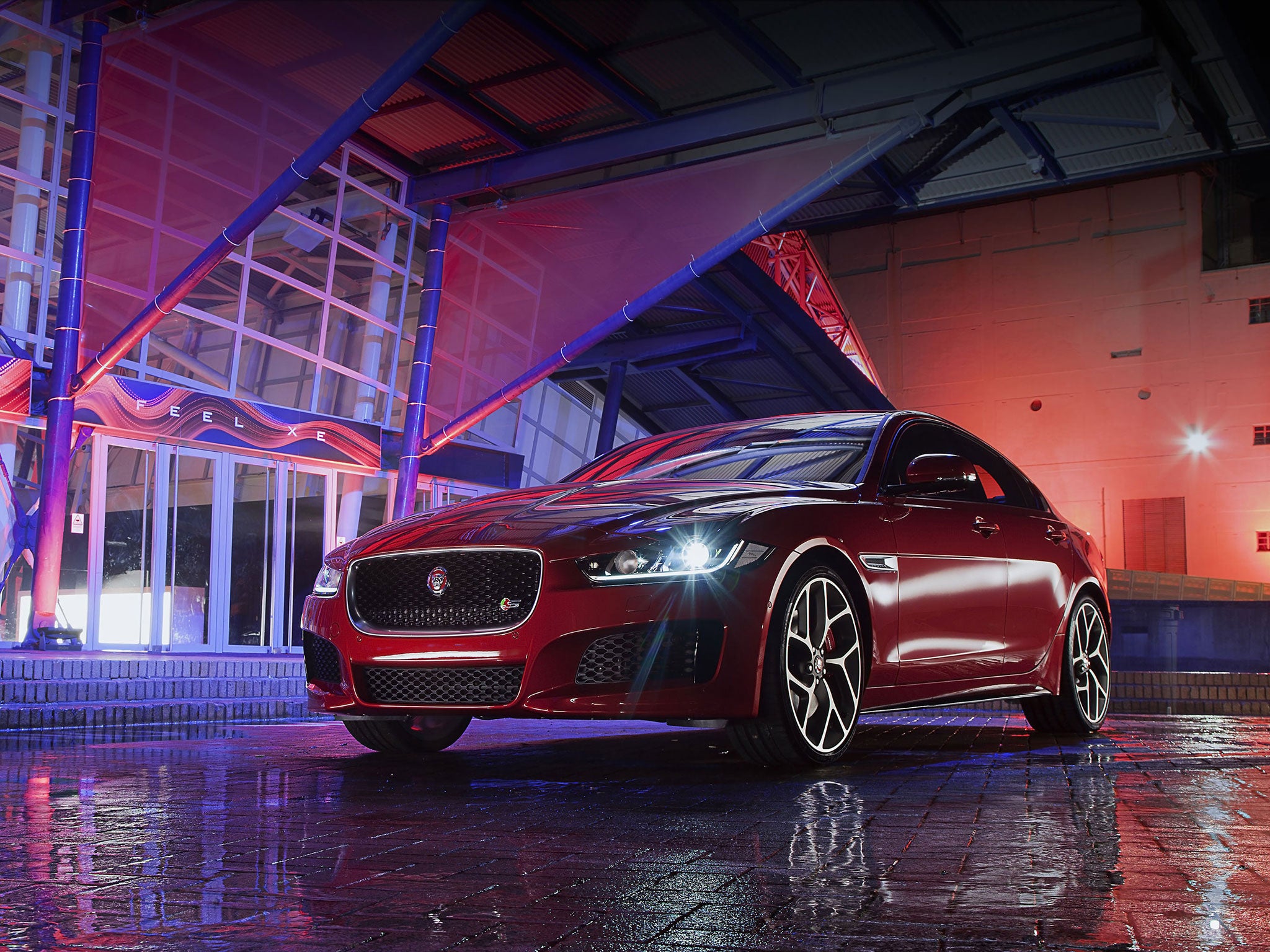Jaguar faces hard road ahead to woo ‘badge snobs’
British and European drivers are only interested in the latest German cars, says Sean O'Grady, so Jaguar faces an uphill struggle to compete with the likes of Mercedes and BMW

A few years ago I was at a dinner at the international launch of a new Mercedes-Benz.
It was the usual lavish affair; motoring hacks spoiled at a posh hotel in a particularly pleasant corner of Spain.
Mercedes designers, marketing men, press officers and, most important, engineers were on hand to chat informally about what their new coupe, a flawless hunk of a car, was all about.
I asked about the competition. So they speculated about what BMW was up to, and analysed Audi’s push for growth.
I mentioned Jaguar. Blank faces. Not a competitor; not even an irritant. An irrelevance. They were too polite to say so, but that much was obvious.
It was a bit embarrassing to have the storied name of Jaguar reduced to the status of conversation killer. We repaired to the bar.
Even now, with the successful launch of new, fresh-looking, reliable, solidly-built new models Jaguar isn’t really troubling the big German brands.
Tata, who took on an ailing Jaguar Land Rover from Ford, has invested billions in the group. And with significant results, at least so far as the products are concerned.
Brilliant designer Ian Callum was given a brief to move Jaguar out of dead-end styling, and he did, with great panache. He has made the cars visually match their often very advanced engineering.
Under Ford, it had been decreed that a Jaguar must look like a Jaguar always had – especially, frankly, to an American customer – and so all Jags either resembled the original 1968 XJ or the 1959 Mark 2, the so-called “Inspector Morse” car.
Injury was added to styling insult when the baby Jag of the 1990s, the X-type, was also widely perceived to be based on the Ford Mondeo. Jaguar was already having to live down an historical legacy of unreliability born back in the 1970s. In those days the joke in California was that to prove you were really rich you had to have two Jaguars – one to drive while the other one was being fixed.
The brand was saddled with an olde-worlde, old-man, old -school image, not much better than Rover’s. The marque was in trouble.
But the new generation XJ limo and XF saloon all enjoy a new look, are topping surveys of customer satisfaction and win rave reviews from the motoring press.
More prosaically, they are also endowed with diesel engines, the absence of which hampered sales in Europe for decades. What they lack now, however, is volume – production levels which will defray that huge investment in a new engine factory in Wolverhampton, for example.
In global terms, the 60,000 or 70,000 cars Jaguar makes is nothing much. Audi sell more cars in Britain alone than Jaguar makes for the whole world, while the Bavarians are knocking out 1.6 million BMW-badged cars a year.
It is also in stark contrast to Jaguar’s sibling, Land Rover. With the Evoque, various Range Rovers and other chunky models delivering record volumes, tasty margins and decent profits, that side of the business is doing nicely – about £1bn in profit and 300,000 produced last year.
But Jaguar remains tiny. The obvious answer is a car in the most-important and highest-volume sub-sector – the compact premium end, dominated and defined for so many years by the BMW 3 series. Mercedes-Benz’s revived and accomplished C Class is also doing good business. Hence the XE, and all the hopes vested in it.
Can it succeed? It looks the part – like the bigger XF and with similarly fashionable lines. Like some of its brothers it makes use of aluminium for strength, fuel efficiency and low emissions.
It launch yesterday was also a high profile, glitzy affair, with a car being taken on a tour of London landmarks suspended from a helicopter, ahead of a launch show at Earls Court featuring Emeli Sandé and the Kaiser Chiefs. The full range will be unveiled with more fanfare at the Paris Motor Show next month.
And yet, it will find life very difficult, especially in the UK and Europe.
Take the fortunes of Toyota’s premium brand, Lexus as a case study. Launched 25 years ago, a Lexus is a match for anything from the traditional European makes, and they regularly top the sales charts, for their segment, in the US, Middle East and other parts of the world. But not in Europe, including the UK, and not because, like Jaguar, they were slow to adopt diesel technology. Why? Simply that European, including British, buyers are dreadful badge snobs, and if it isn’t “German” (even if it is in fact put together in north Carolina with an engine from Birmingham) it just doesn’t count. Deceased Saab and Rover were casualties of that attitude; Alfa Romeo and Lancia, maybe even Volvo, aren’t far behind.
So the Americans are much more willing to consider new or, if we’re lucky, revived brands such as Lexus and, hopefully, Jaguar, which will be encouraging for the company in what is still its main export prospect. The same goes for the Gulf, China, Russia and other emerging markets, with India perhaps benefiting from the Tata link (though not the ruinous import taxes levied by Delhi).But in Europe, and Britain, which are still wealthy and important markets?
So the XE faces strong headwinds; formidable competition, stubbornly sniffy buyers and a strong pound that hits competitiveness and drains profitability.
If the Jaguar XE can start to overcome those, it might just give the Germans something to discuss over dinner.
Subscribe to Independent Premium to bookmark this article
Want to bookmark your favourite articles and stories to read or reference later? Start your Independent Premium subscription today.

Join our commenting forum
Join thought-provoking conversations, follow other Independent readers and see their replies